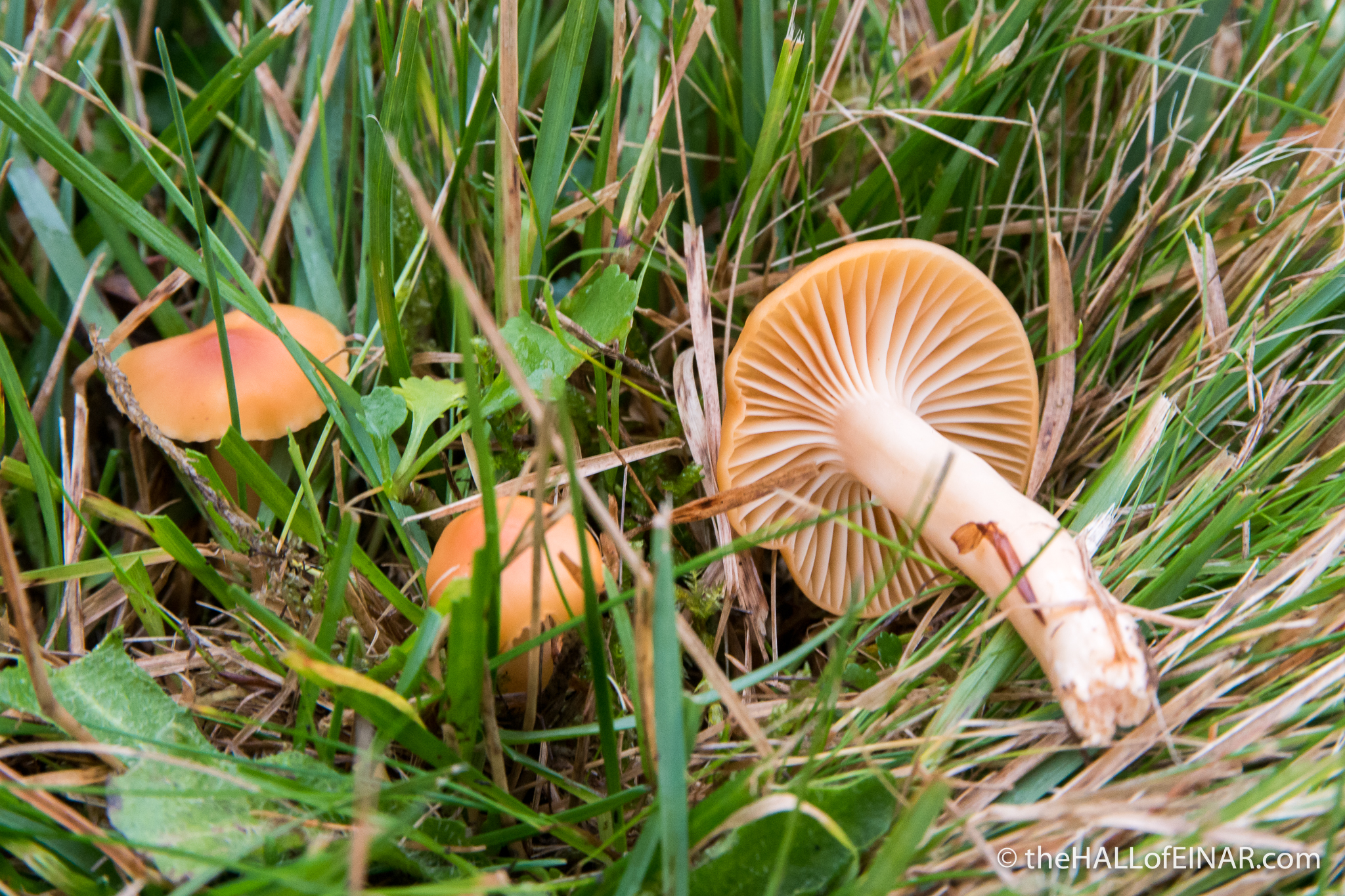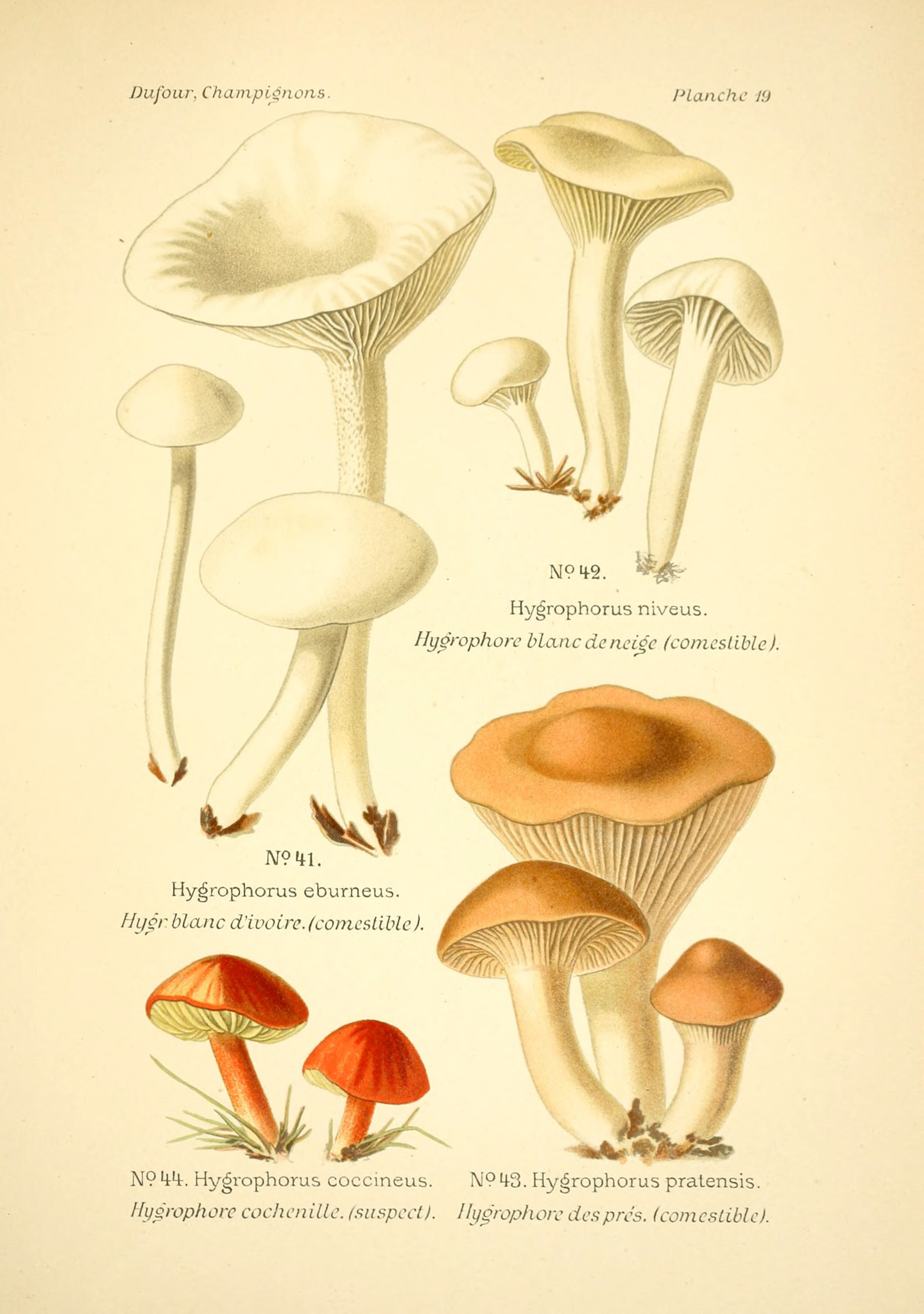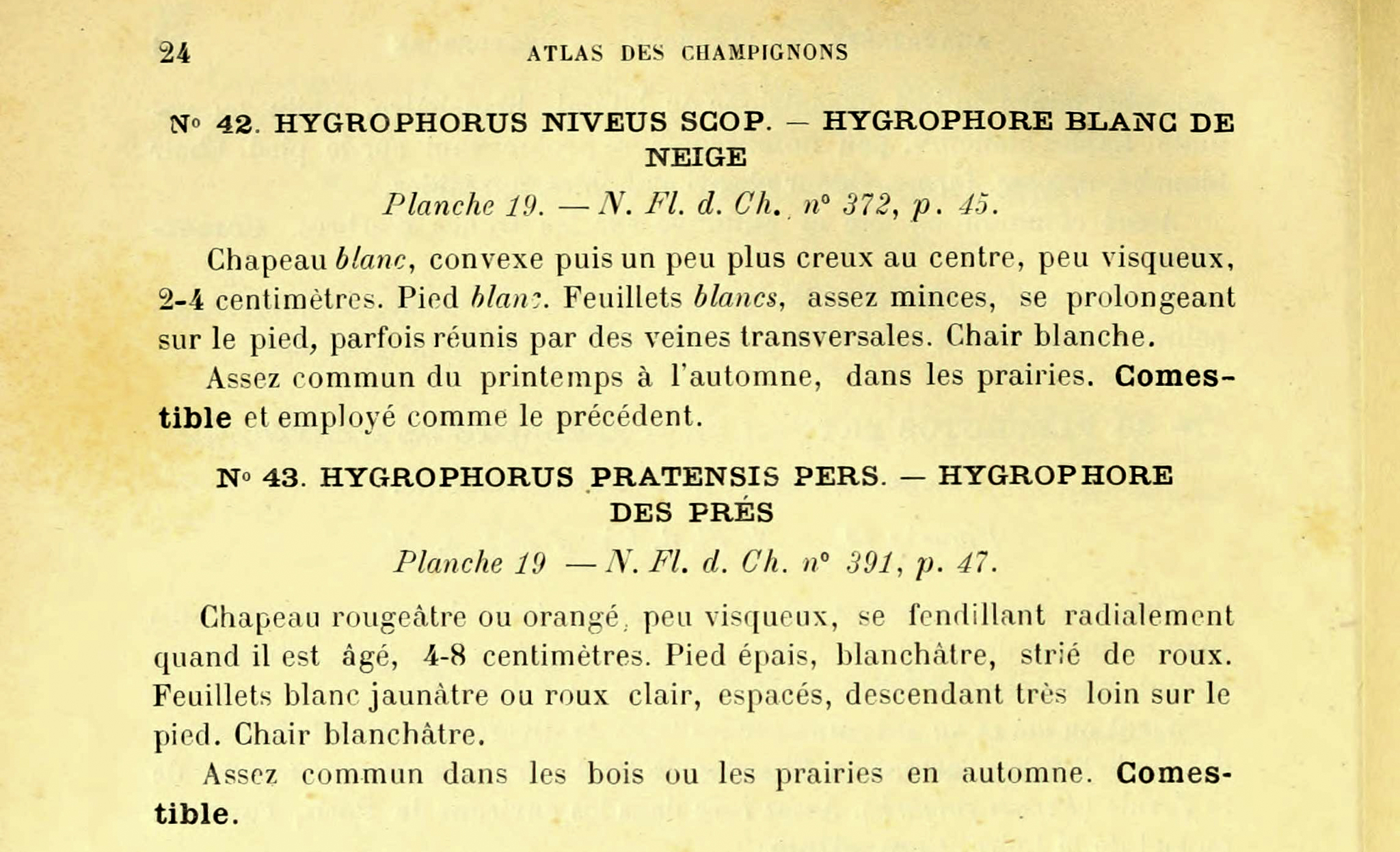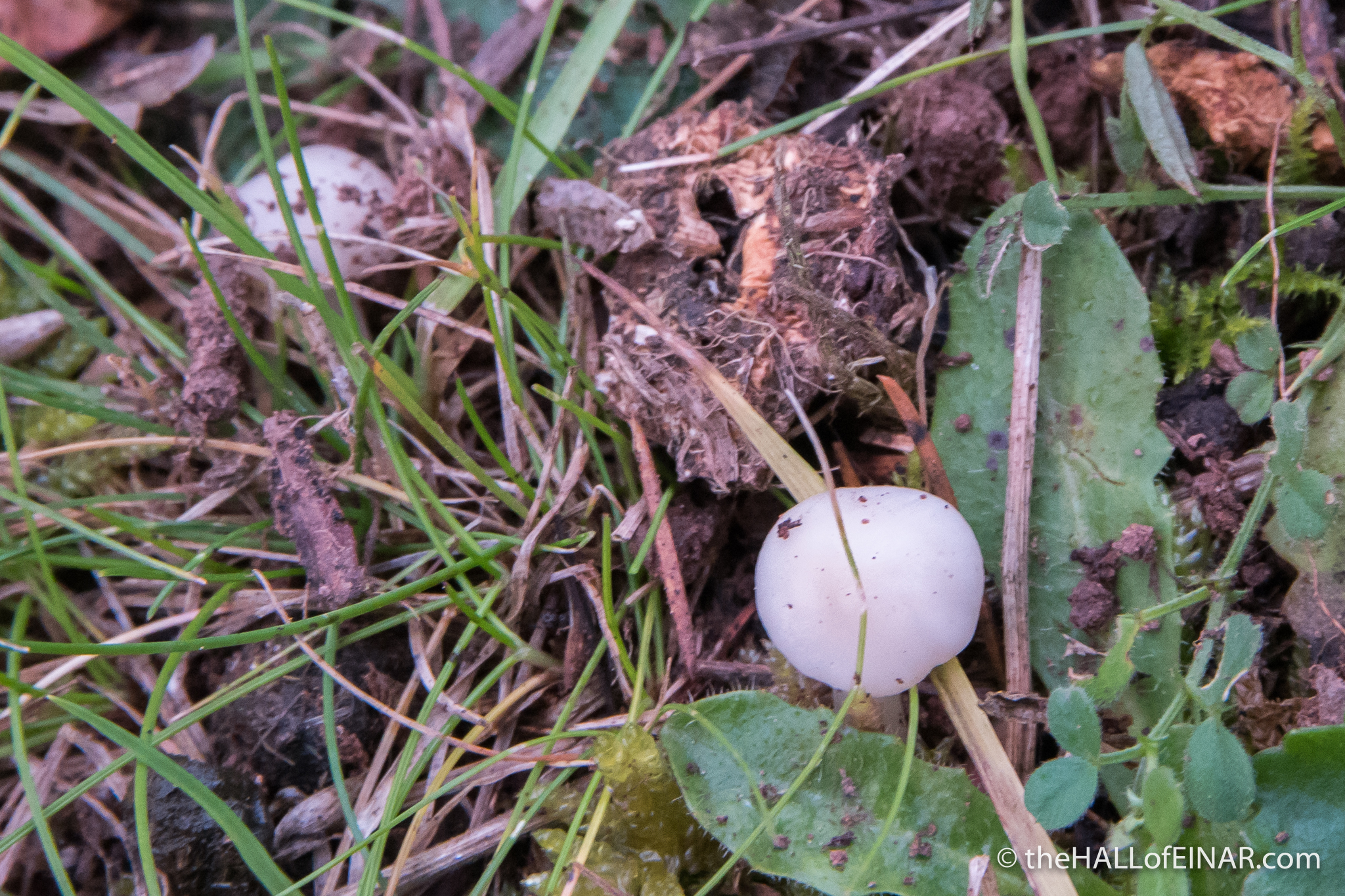Killerton and the Meadow Waxcaps
Killerton House is a National Trust property near Exeter in Devon. I’ve visited quite a few times and seen some wonderful fungi in the extensive landscaped and parkland grounds:
Today I can see Waxcap fungi in a narrow strip of grassland overlooking the pasture. They look like the Meadow Waxcap, Hygrocybe pratensis:
Waxcaps are an immediate indicator of grassland which hasn’t been treated with artificial fertiliser. Treating grass with NPK fertilisers destroys many species of flowering plants as well as the fungi which would naturally break down rotting material and provide nutrients to the flower meadows. Just over the fence is a meadow with grazing cattle. There isn’t a single Waxcap to be seen. There’s just grass like green concrete.
Once you’ve used artificial fertiliser you have to continue using it, as the natural processes which would naturally provide nutrients are destroyed. It can take 30 years after stopping treatment for grassland to recover enough to support complex life again.
I find an illustration here from Atlas des champignons comestibles et vénéneux by L Dufour from 1891. They are bottom right:
Here’s the French text describing it:
Waxcaps are victims of agricultural practices which are so normal they aren’t even described as ‘intensive’ or ‘industrial’ now. Grasslands now cover 65% of Britain since generations of people cleared our forests for agriculture. In the last 50 years more than 95% of species-rich wildflower meadow habitats have been destroyed (Lovegrove, Shrubb & Williams, 1995) mainly by ploughing and fertilising.
Waxcaps now have their own website, part of Aberystwyth, the University of Wales. I hope it will raise their profile.
As well as Hygrocybe pratensis here there’s also Hygrocybe nivea, a small white Waxcap called the Snowy Waxcap hiding in the grass:
Lovely.





